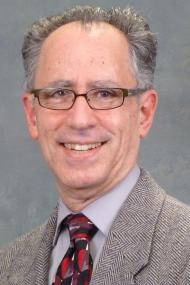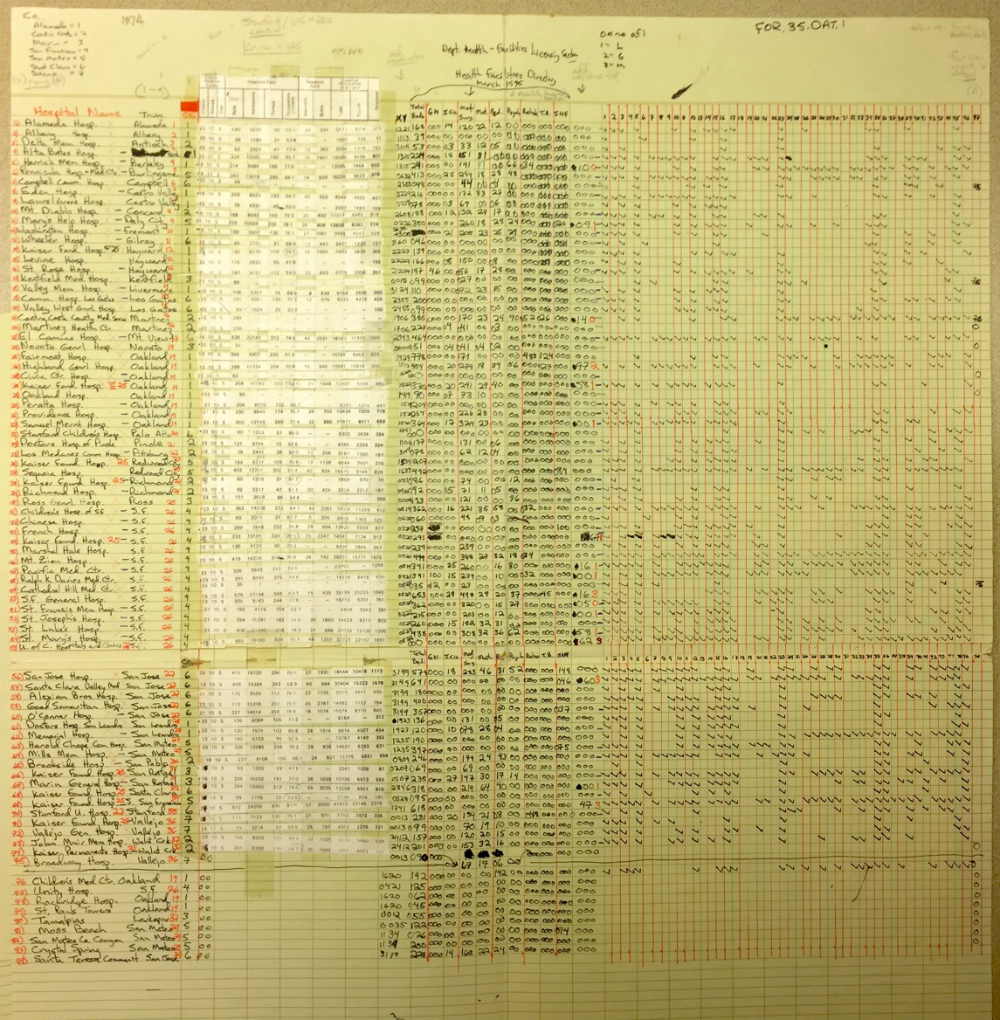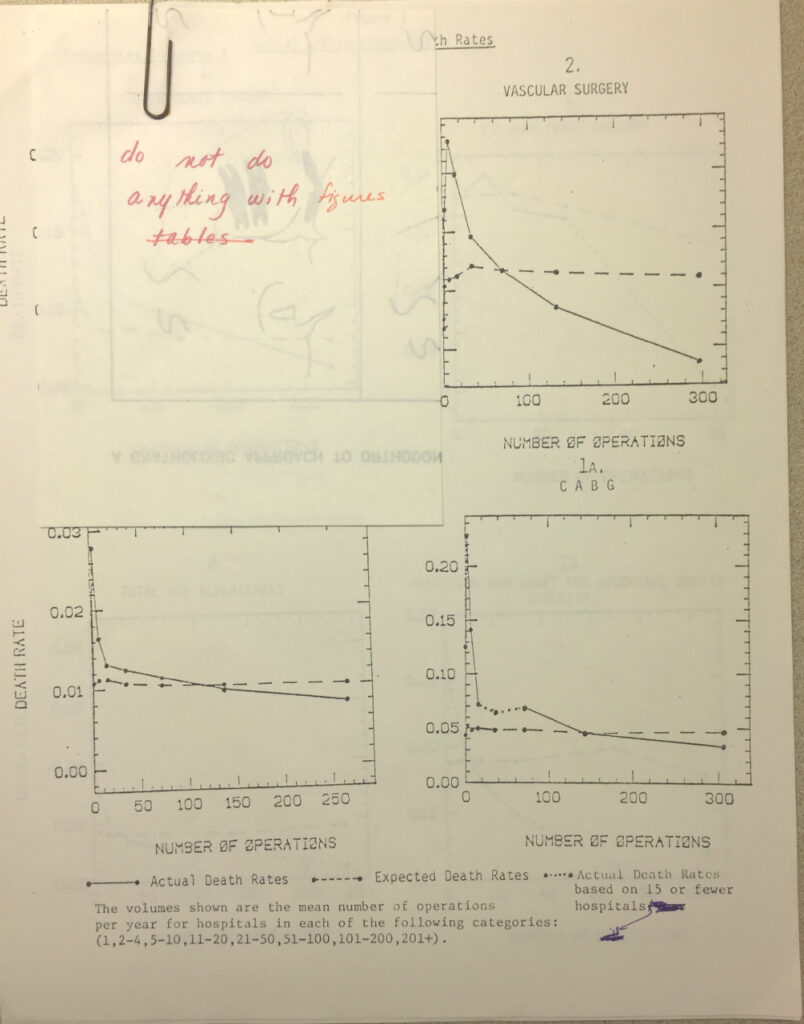It’s Valentines Day, thus we bring you an update on progress in processing the professional papers of Harold S. Luft. (This one’s a bit abstract.)
Luft is an esteemed health economist, serving the UCSF Philip R. Lee Health Policy Institute from 1978-2007, including a term as director from 1993-2007. His career encompasses extensive research in the realm of health care “big data”, analyzing health care markets, the functionalities of Health Maintenance Organizations and Preferred Provider Organizations, retail medicine and dentistry, risk pools, the relationships between volume and outcome of specific procedures, and many other subjects. His public service, including serving as a member of the Institute of Medicine, is vast and includes advising the UC System on structuring employee benefits. He has taken a crack at envisioning a national health care system that balances competition and judicious use of services to achieve stability and provide quality care in his book Total Cure.
Archives & Special Collections received donations of Luft’s papers in 2000 and 2004, and processing is underway for this circa 100 linear foot collection. Look for it under call number MSS 2000-13. The collection includes extensive documentation (computer printouts, correspondence, drafts, project administration) of Luft’s research and data analysis for most of his published output. The material reflects earlier days of big data analysis, when Luft and his colleagues visited computer centers, wrote programs and queries, and carried it all home on long dot-matrix printouts or borrowed/rented open reel tapes for data storage. Often analysis was performed painstakingly by hand, as in the creation of the chart below.
Amongst the piles of journal article manuscripts, data and research angles are a number of analyses of various surgical procedures including – you guessed it – vascular surgeries, i.e. HEART ORIENTED PROCEDURES ♥. Luft used data relating to vascular surgeries and especially Coronary Artery Bypass Graft surgery to analyze a number of health care delivery dynamics. One example is his analysis of the relationship between the volume of CABG surgeries performed in a given hospital and the likelihood of a favorable outcome. This led to the question “does practice make perfect?”



